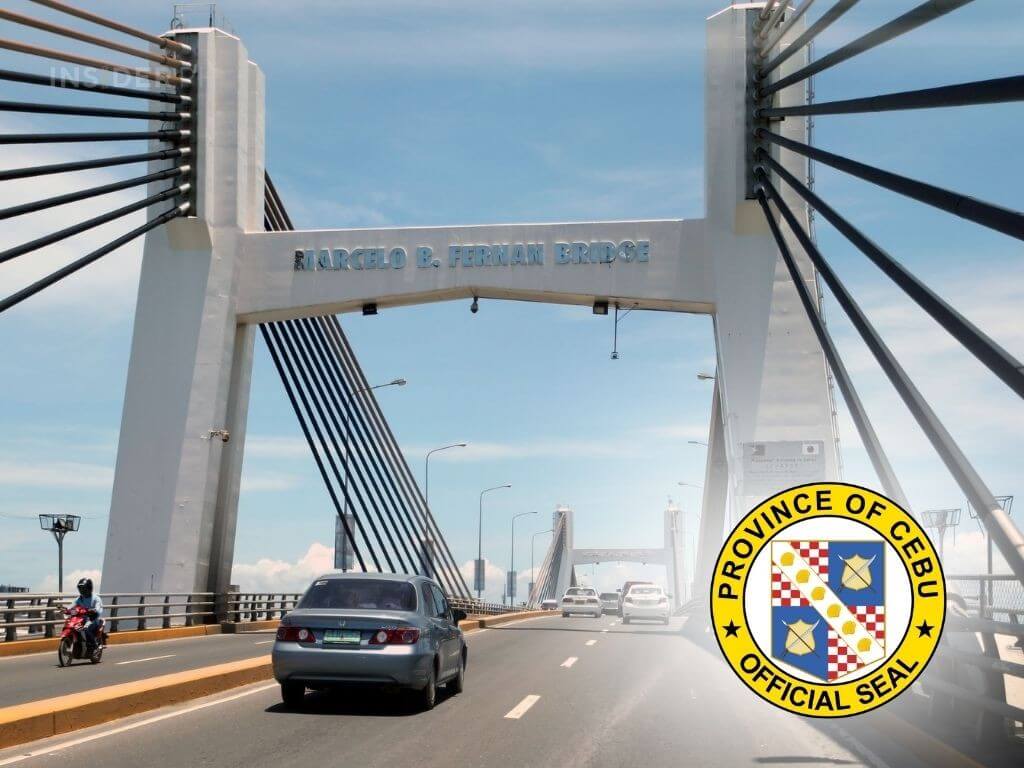

Task Force Padayon, a multi-sectoral group composed of business sector, hospitality industry and civic organizations, has mobilized coordinated relief operations to support affected communities.
“It’s now clear that there’s widespread damage brought about by the typhoon’s (strong) winds and heavy rains that caused severe flooding,” said the Cebu Chamber of Commerce and Industry (CCCI) in a statement.
Hit by a one-two punch
The CCCI said the floods damaged warehouses, manufacturing facilities, and retail establishments, and further disrupted the “already challenged tourism industry” that is still reeling from the magnitude 6.9 earthquake last Sept. 30.
“Nature has dealt us with a one-two punch, from the earthquake and now this,” said the chamber.
Through Task Force Padayon, the business community was united in their efforts to ensure that they remained strategic in their approach as they worked with the government toward their goals.
It is composed of the CCCI, the Philippine Chamber of Commerce and Industry – Visayas (PCCI Visayas), Mandaue Chamber of Commerce and Industry, City of Talisay Chamber of Commerce and Industry, PCCI Lapu-Lapu City, Cebu Contractors Association, the Philippine Red Cross, Rotary Clubs of Cebu, Hotel, Hotel Resort and Restaurant Association of Cebu Inc. (HRRACI and various sectoral and business associations across Cebu.
Relief operations, recovery efforts
The taskforce was formed in October after the earthquake that rocked Cebu to provide a unified response, particularly during the rehabilitation and rebuilding phase.
“The task force serves as a united platform for the private sector and civil society to coordinate disaster response and recovery efforts,” said the CCCI.
Task Force Padayon facilitated the donation of 5,000 food bags for distribution in severely affected areas in coordination with the Local Government Units (LGUs).
To further assist storm-hit communities, Task Force Padayon Cebu also deployed 100 IBC water tanks to affected areas — including the cities of Talisay and Lapu-Lapu, and Consolacion town — to help ensure residents’ access to clean and safe water.
The team secured essential relief goods — tarpaulins, clothing, hygiene kits, blankets, and towels — for distribution to affected communities.
Impact of Typhoon “Tino”
“Tino” unleashed heavy rains and strong winds that caused rivers to overflow on Nov. 4, triggering floods across Cebu, Mandaue, Danao, and Talisay, and in the towns of Compostela, Liloan, and Consolacion.
At least 43,749 families composed of 137,394 individuals were evacuated from 37 areas.
Flooding forced the temporary closure of the Marcelo Fernan Bridge, the second span connecting mainland Cebu to Mactan Island, home to the international airport and several resorts.
Six container vans, apparently swept away by floodwaters, blocked the road leading to the bridge and rendered it impassable.
Bridge, international port reopened
The bridge was reopened about 2 p.m. on Nov. 5 after the vans had been removed.
Mandaue City Administrator Gonzalo Maglig-on Jr. admitted that while the bridge was already passable, the flow of traffic was slow due to the ongoing clean-up operation to remove the mud left behind by the floods.
The Cebu International Port had also resumed operations about 1 p.m. on Nov. 5 although the Oriental Port and Allied Services Corp. (Opascor) remained on skeletal force.
“We kindly ask for the understanding and patience of our clients and partners as operations will initially be handled by a skeletal workforce to allow our workers greatly affected by typhoon Tino the necessary time to recover and attend to their families,” said Opascor in a statement.
Sea travel had also resumed their trips but some delays in the schedules were anticipated since some vessels were still enroute to Cebu after taking shelter from the storm.

Contributor